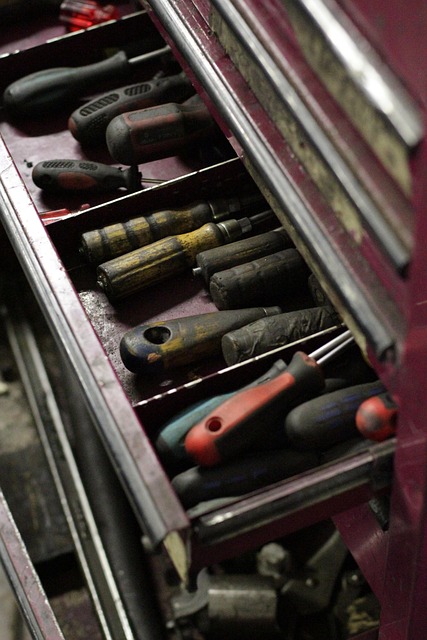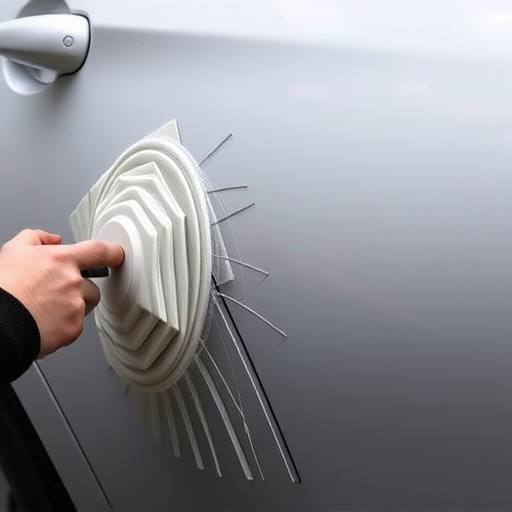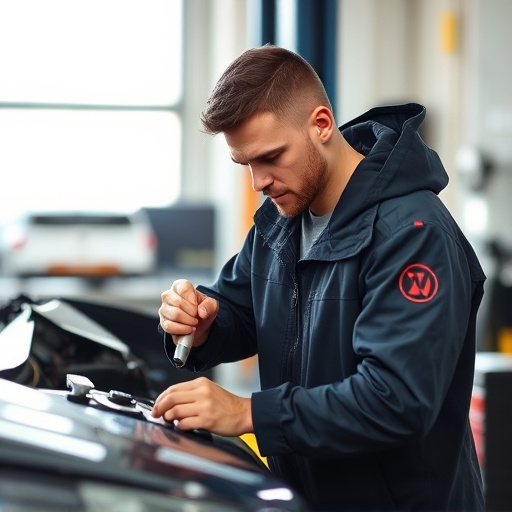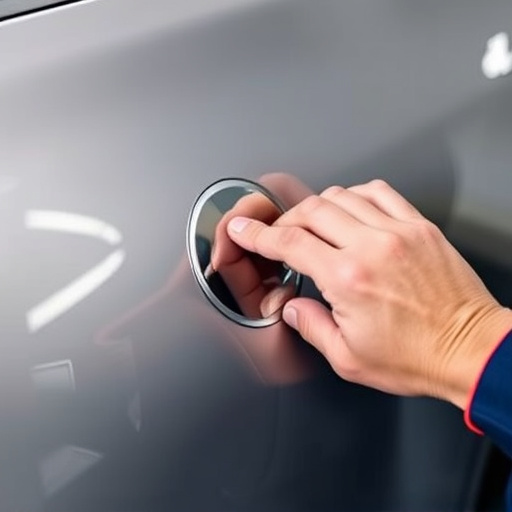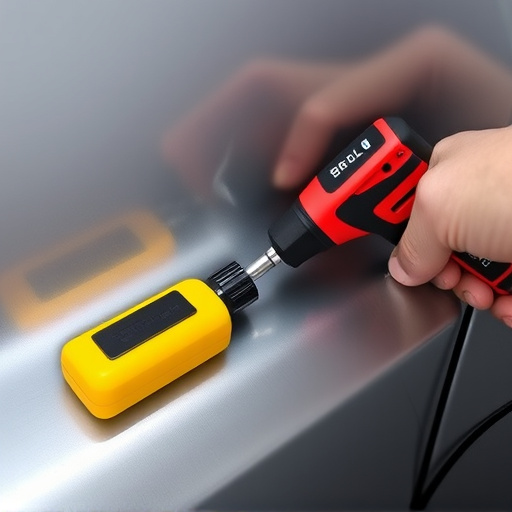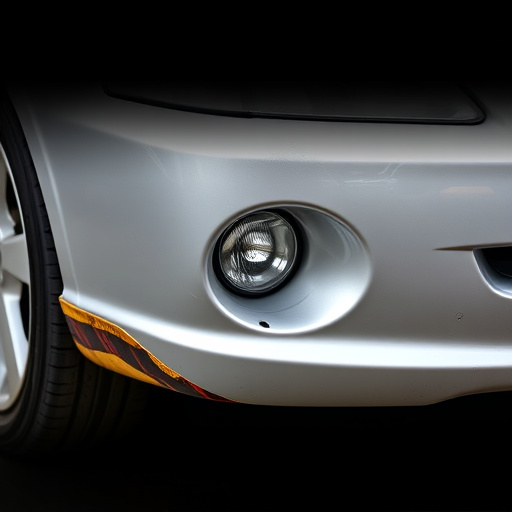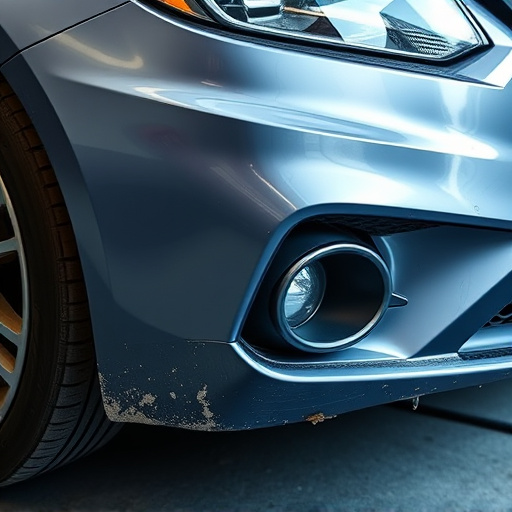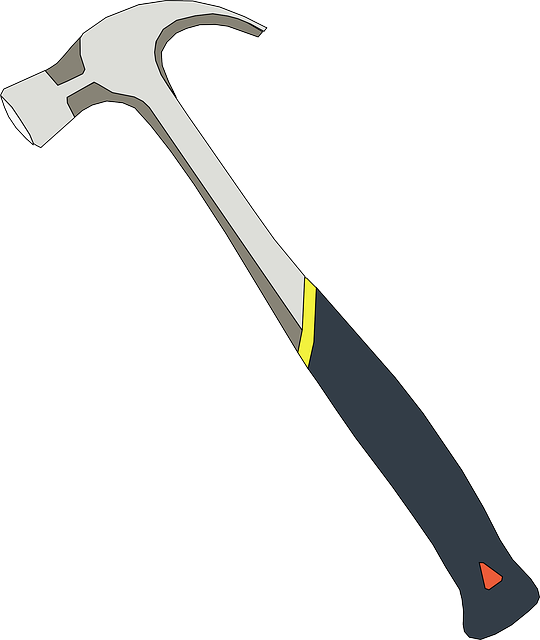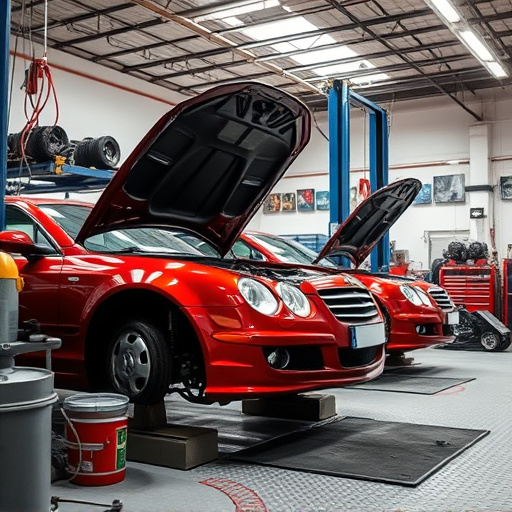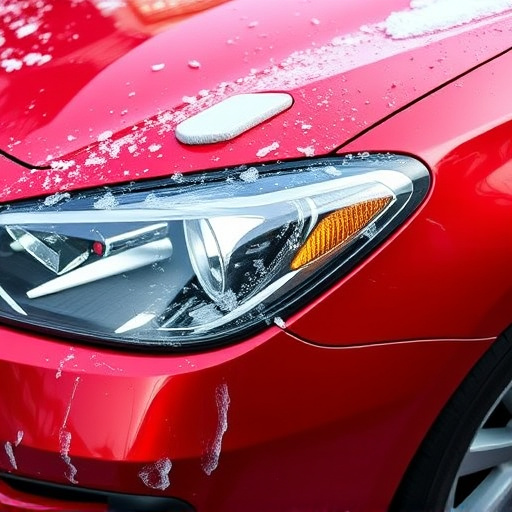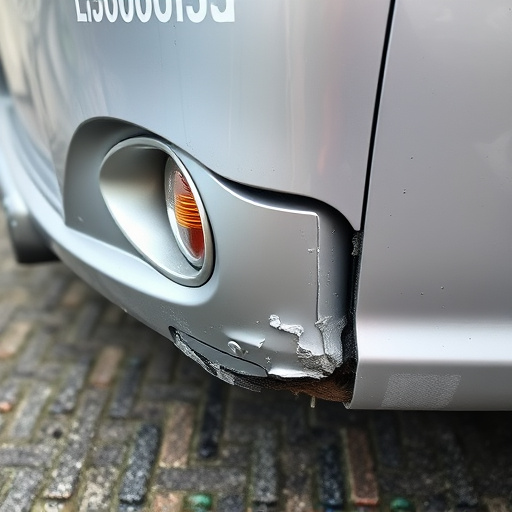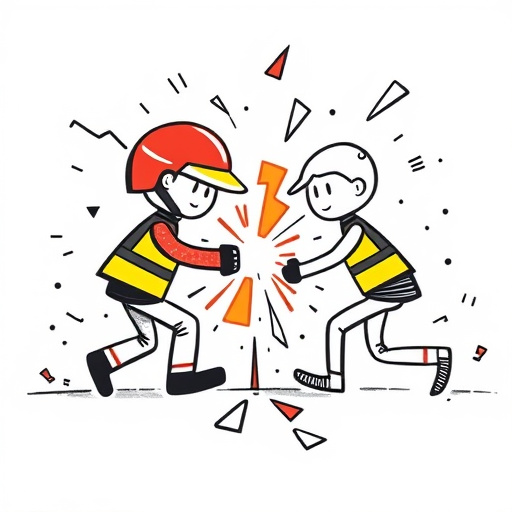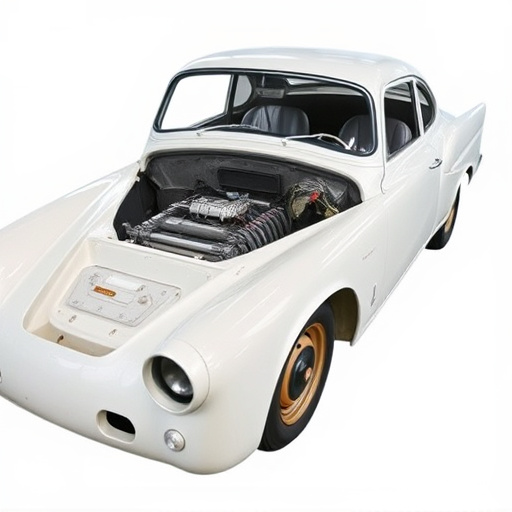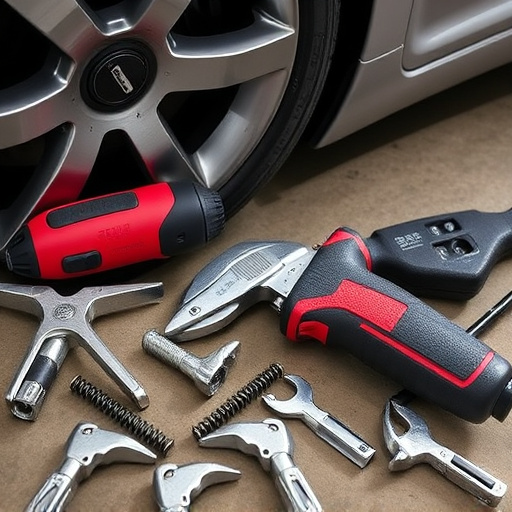Tesla major structural repairs require adhering to stringent OEM safety standards for both vehicle integrity and owner satisfaction. This involves skilled technicians, advanced equipment, precise component specifications, specialized welding, frame straightening, meticulous panel alignment, and safety inspections to ensure structural strength and safety feature functionality without compromising aesthetics.
Tesla owners seeking major structural repairs must adhere to Original Equipment Manufacturer (OEM) safety standards. This comprehensive guide delves into the critical aspects of Tesla’s structural repair requirements, offering a step-by-step approach to ensure compliance. From understanding stringent OEM guidelines to identifying key considerations for complex repairs, this article equips you with essential knowledge. Learn how to navigate the process safely and effectively, maintaining both vehicle integrity and performance.
- Understanding Tesla's Structural Repair Standards
- Key Considerations for Major Repairs
- Ensuring Safety Compliance: A Step-by-Step Guide
Understanding Tesla's Structural Repair Standards
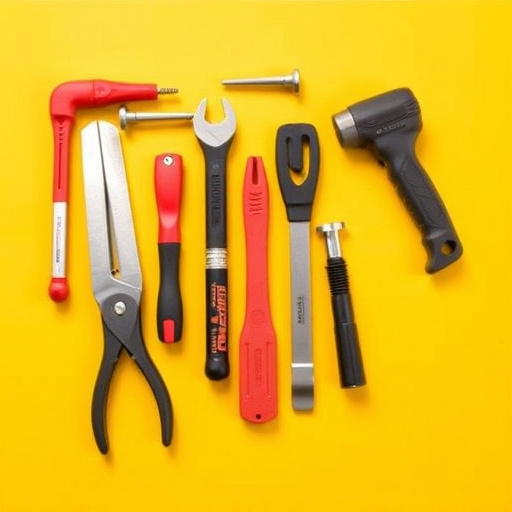
Tesla’s major structural repairs must adhere to Original Equipment Manufacturer (OEM) safety standards, setting a high bar for automotive restoration. These rigorous standards ensure that any car repair services involving Tesla vehicles maintain the vehicle’s integrity and performance, mirroring its original design and specifications. The OEM guidelines encompass various aspects, from precision in metalwork to adherence to specific material qualities, all aimed at preserving the vehicle’s structural stability and safety features.
When it comes to collision repair centers tackling Tesla major structural repairs, meeting these standards is paramount. It requires advanced equipment, highly skilled technicians familiar with Tesla’s unique construction methods, and a deep understanding of automotive restoration techniques tailored for electric vehicles. This meticulous approach guarantees that the repaired vehicle not only looks like new but also performs at its optimal level, ensuring the safety and satisfaction of Tesla owners.
Key Considerations for Major Repairs
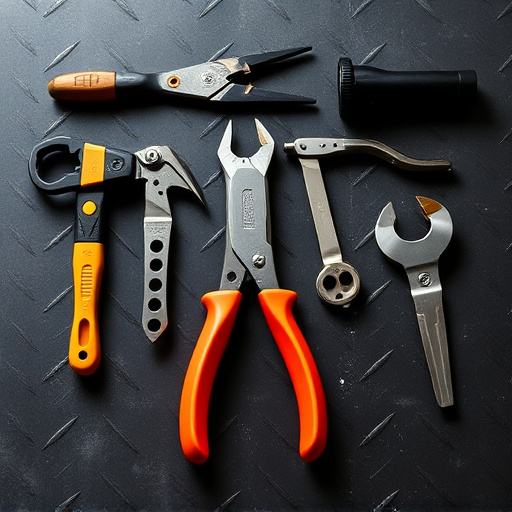
When undertaking a Tesla major structural repair, several key considerations come into play to ensure safety and quality. First and foremost, adhering to Original Equipment Manufacturer (OEM) standards is paramount. These standards dictate the precise specifications for components, welding techniques, and overall construction, all designed to maintain the vehicle’s integrity and performance. For instance, frame straightening must be performed with meticulous care, aligning not just the metal but also the vehicle’s sophisticated safety systems.
Additionally, the repair process should incorporate best practices for car bodywork, including detailed panel alignment and precision painting. Even seemingly minor details like matching paint finish and texture are crucial to prevent future structural issues. Moreover, addressing any concurrent car scratch repair will enhance the overall aesthetics, ensuring the Tesla not only drives safely but also looks as good as new.
Ensuring Safety Compliance: A Step-by-Step Guide
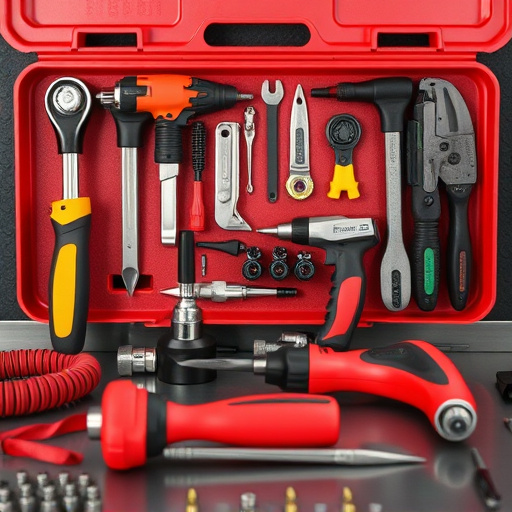
Ensuring safety compliance for Tesla major structural repairs is paramount to protect both the vehicle and its occupants. The first step involves a thorough inspection by certified professionals who understand the intricate design and safety standards set by the Original Equipment Manufacturer (OEM). They should assess every component, from the frame and body panels to critical systems like airbags and seatbelts, to identify any damage or discrepancies.
Next, accurate measurements and comparisons with OEM diagrams are crucial for precise repairs. This process ensures that the vehicle’s structural integrity is restored without compromising safety features. After planning, specialized techniques tailored to Tesla models are employed, including advanced welding methods and precision cutting, followed by rigorous testing to verify the repair’s quality and safety compliance. In case of severe damage or complex issues, it might be recommended to follow manufacturer-approved procedures for vehicle collision repair, ensuring a seamless blend of original parts and expert craftsmanship.
When undertaking a Tesla major structural repair, adhering to Original Equipment Manufacturer (OEM) safety standards is paramount. By understanding these rigorous requirements and following a comprehensive guide for compliance, you can ensure that your repairs not only meet but exceed Tesla’s high standards of quality and safety. This process, detailed in this article, serves as a reliable roadmap for navigating the complex landscape of Tesla major structural repair, ultimately fostering a robust and secure vehicle for owners.
